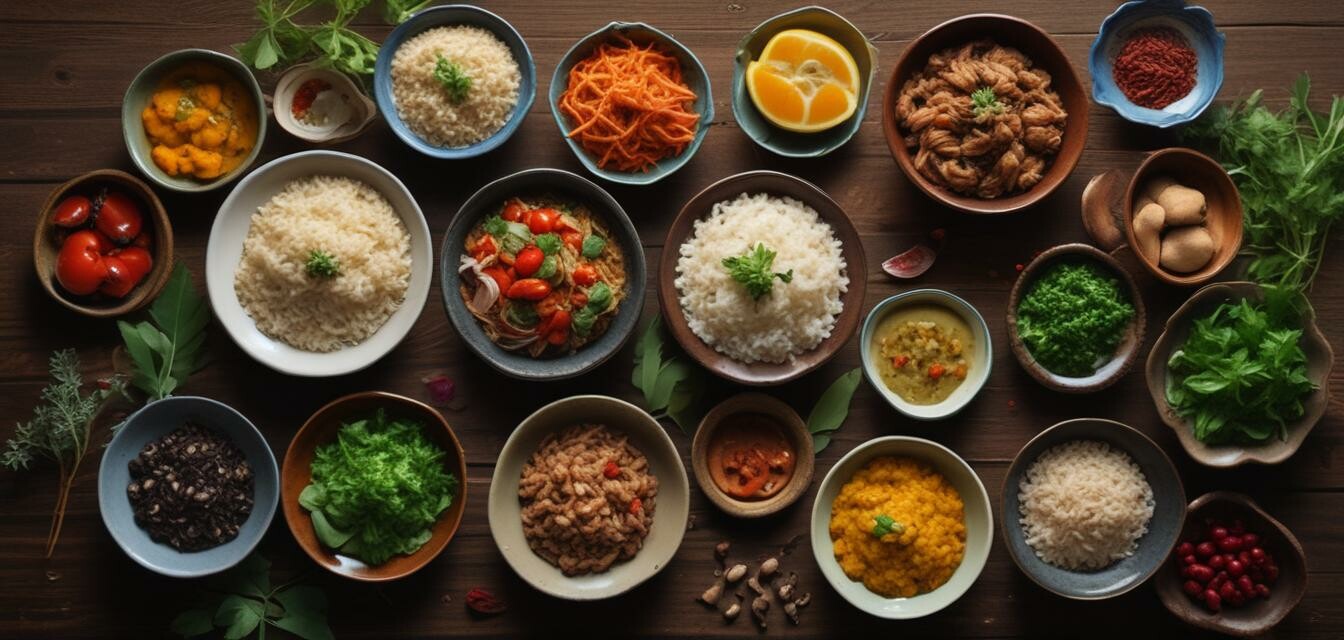
Using leftover ingredients creatively
Key Takeaways
- Understanding which ingredients can be reused.
- Simple recipes to repurpose leftovers.
- Tips on minimizing kitchen waste.
Cooking can sometimes lead to excess ingredients or unfinished meals. Instead of tossing these remnants, consider creative ways to incorporate them into new dishes. This not only minimizes waste but also enhances your culinary skills. Below, we explore various tips and techniques to help you use leftover ingredients effectively.
Understanding what leftovers you have
To use your leftover ingredients creatively, first, take stock of what you have. Common leftover ingredients include:
- Vegetables
- Cooked grains
- Meats and proteins
- Breads and pastries
- Dairy products
Classifying your leftovers helps you develop a plan for repurposing them. It's also beneficial to know which types of leftovers are most versatile. For example, vegetables can often be incorporated into numerous recipes, while proteins can be transformed into sandwiches, salads, or stir-fries.
Creative ideas to use leftover ingredients
Let’s delve into some innovative ways to utilize your leftover ingredients and minimize waste in your cooking:
| Leftover Ingredient | Creative Uses |
|---|---|
| Vegetables |
|
| Cooked grains (rice, quinoa) |
|
| Meats and proteins |
|
| Breads and pastries |
|
| Dairy products (cheese, milk) |
|
Recipes to inspire your creativity
Here are a few simple recipes that utilize leftover ingredients:
- Vegetable Fried Rice:
Fry your leftover vegetables with day-old rice, and add soy sauce, eggs, and any preferred proteins for a complete meal.
- Grain Bowl:
Combine your cooked grains with fresh or leftover veggies, a protein, and some dressing for a nutritious and filling meal.
- Stuffed Peppers:
Utilize leftover grains and proteins to stuff halved bell peppers, then bake until tender.
Tips for minimizing waste
Tips for beginners
- Plan your meals and shopping list to avoid overbuying. Visit our Cooking Buying Guides for helpful strategies.
- Store leftovers in clear containers to remind yourself to use them up.
- Label your leftovers with dates to ensure freshness.
- Encourage the use of leftovers by creating a weekly leftover night in your home.
Meal prep and leftover strategies
Meal prepping is a fantastic way to reduce food waste. Here are some strategies:
- Prepare larger batches of grains and proteins at the beginning of the week.
- Utilize separate containers for different dishes to enhance variety throughout the week.
- Make a plan for how you’ll use leftovers during meal prep.
Final thoughts
Using leftover ingredients creatively not only avoids unnecessary waste but also sparks your imagination in the kitchen. By understanding how to repurpose ingredients and plan ahead, you can enhance your cooking adventurous and find joy in creating something new.
Pros
- Reduces food waste.
- Encourages creativity in cooking.
- Can save money on groceries.
- Offers flexible meal options.
Cons
- Requires a bit of planning ahead.
- Some may struggle with ingredient combinations.
Explore more culinary tips in our Cooking Tips & Techniques category, or check out our popular Specialty Ingredients to revitalize your dishes!